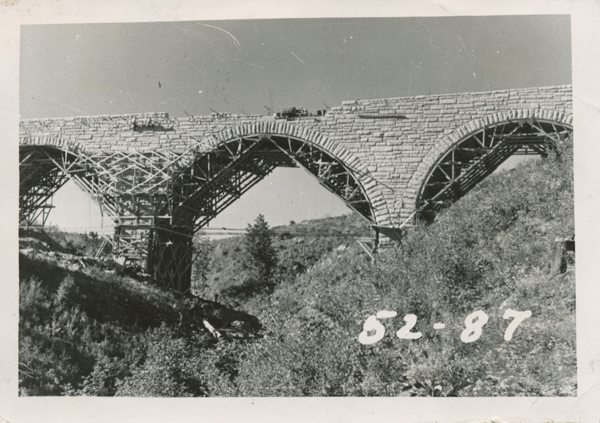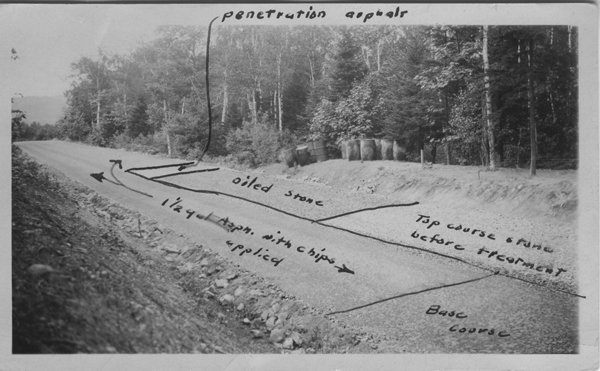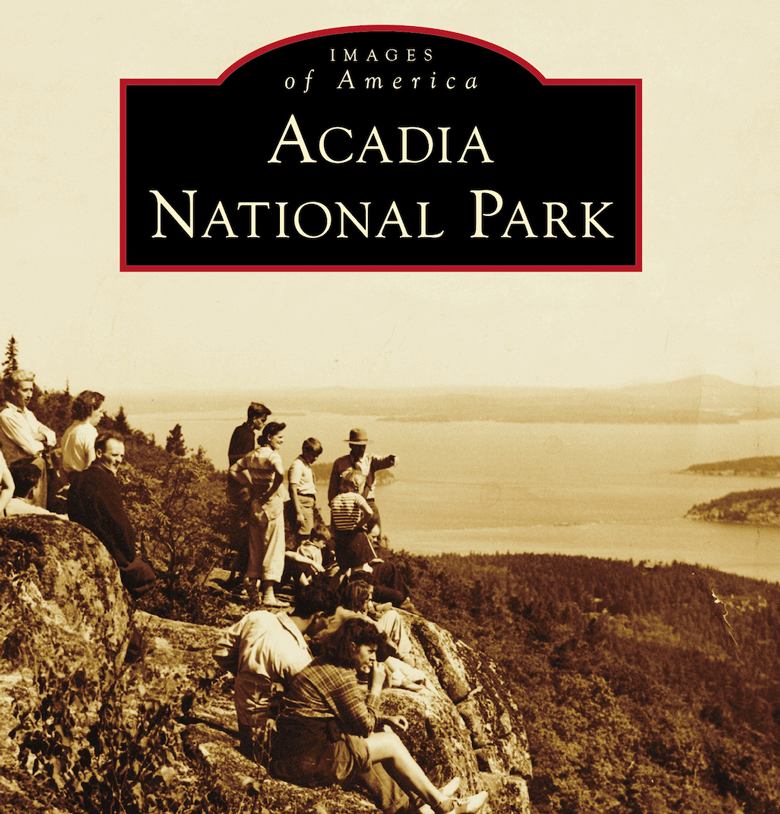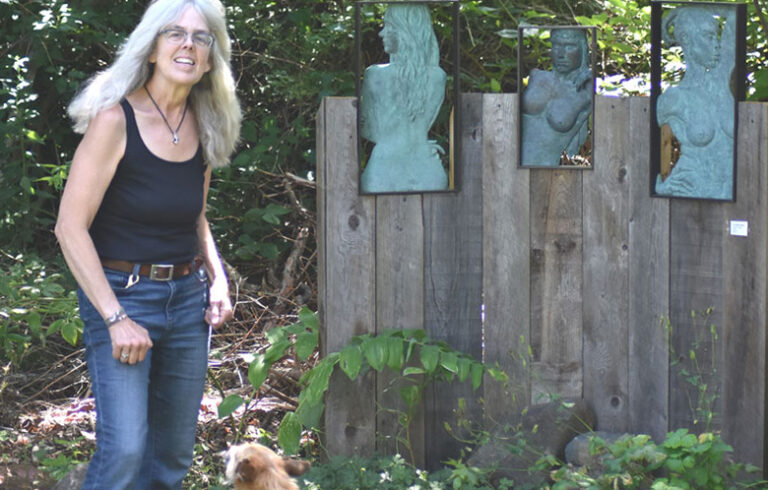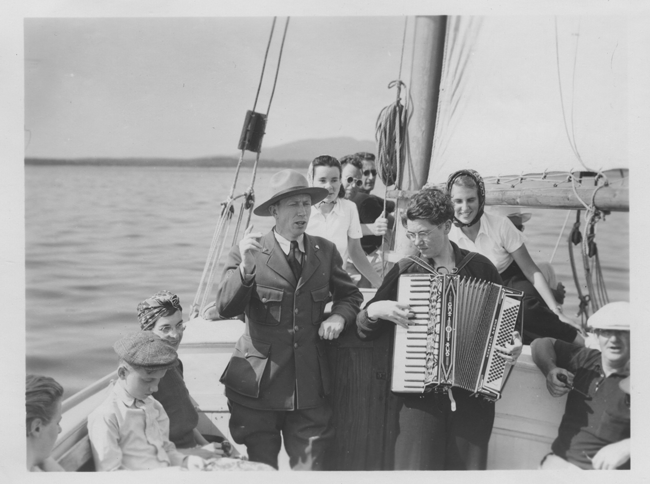
Images of America: Acadia National Park
By Anne Kozak with Josh Winer and Sam Putnam, Arcadia Publishing (2023)
The story of Acadia National Park has been told before; the elements of its formation—construction of carriage roads, assembling of parcels of land, building of bridges—presented to readers in various texts. With Images of America: Acadia National Park, Anne Kozak, former director of the writing program at College of the Atlantic and an honored Mount Desert Island journalist, contributes a visual record of the park’s creation using many heretofore unpublished photographs accompanied by her lucid prose.
The vintage black-and-white images, some from private collections, tell a tale of an at times heroic venture. In a chapter devoted to the construction of the Cadillac Mountain road, for example, we witness this monumental project, completed in the early 1930s, unfold from base to summit.
About 90% of the roadway was blasted, Kozak recounts, which resulted in at least one casualty: “Dynamite man” Dennis Doonan lost his life the day after being caught in an explosion. A photograph of Doonan seated atop a drilling apparatus is at once comic and tragic.
About 90% of the roadway was blasted, Kozak recounts, which resulted in at least one casualty
Another major construction project involved the widening of the Gothic-style bridge that separates Route 233 from the carriage roads connecting the Eagle Lake and Witch Hole loops. Instead of disassembling the bridge, Harold MacQuinn and his crew from Hull’s Cove moved the north arch using some ingenious engineering maneuvers. The project received an award for “outstanding sympathetic treatment of historic, cultural, or natural environment” from the Federal Highway Administration in 1977.
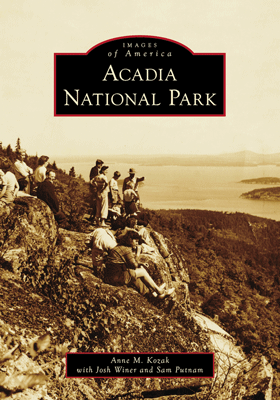
Kozak devotes a section to rangers, naturalists, and park staff—a welcome shout-out to the interpreters and stewards of this popular park. She salutes National Park Service Director Arno Cammerer (1883-1941), who supported the building of the Cadillac Mountain road “so that people who could not climb could reach the summit and admire the views” (he also tripled U.S. parklands during his tenure).
While paying tribute to the individuals who created the park, including George Dorr (1853-1944), considered the “Father of Acadia,” Kozak goes out of her way to acknowledge some of the women who played pivotal roles in bringing the park into being.
“Some funded memorial paths, others facilitated Dorr’s acquiring land, and still others donated lands,” she writes. One example: Eliza Homans (1832-1914) donated 140 acres, including the Beehive and Bowl, so that her grandchildren “would not find ‘a merry-go-round’ built there.”
The final chapter, “Experiencing Acadia,” highlights the activities offered by the park, including hiking, rock climbing, horseback riding, skate sailing, sledding, and cross-country skiing (there were also rope tows for downhill skiers on McFarland Hill back in the day). A photograph of people swimming at Sargent Mountain Pond prompted personal pleasure: my children and their children make an annual pilgrimage to this gem to take the waters.
This is Kozak’s second book for the “Images in America” series; her Wild Gardens of Acadia came out in 2016. Each time she has brought a fresh perspective to what is arguably the jewel in the crown of Maine’s public parks.
Carl Little lives on MDI. His latest book is The Art of Penobscot Bay, forthcoming from Islandport Press.
